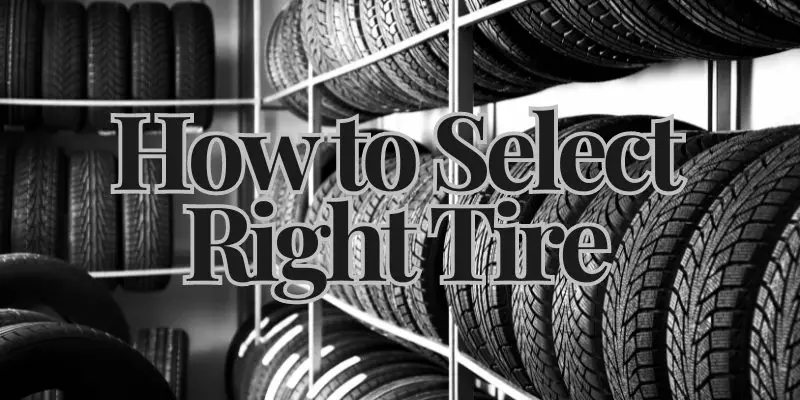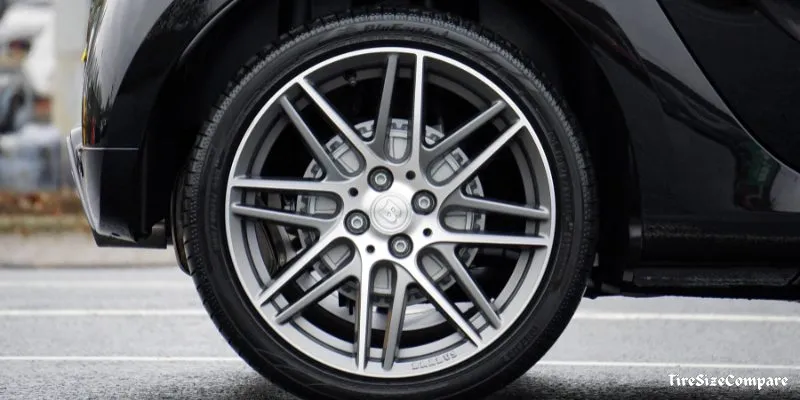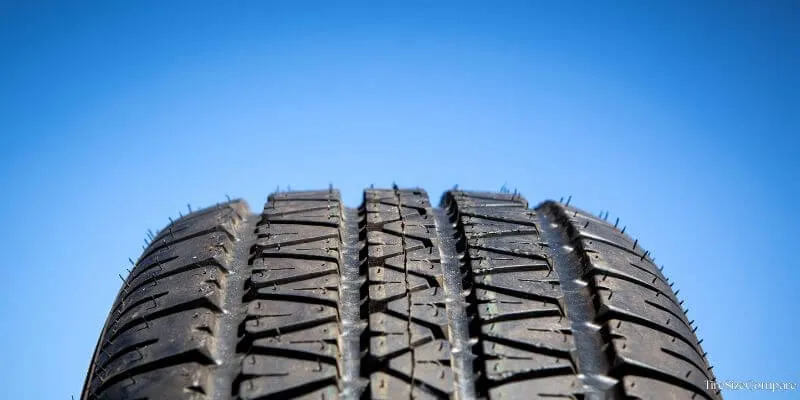How to Choose the Right Tire Size

Choosing the right tire size for your vehicle is crucial for safety, performance, and comfort. Start by checking your car’s owner’s manual or the tire placard on the door jamb for recommended sizes.
Consider your driving habits and the conditions you’ll be driving in. Consult with a tire professional if you’re unsure about the best choice.
Understanding Tire Size Numbers
The numbers on a tire’s sidewall may seem like a secret code, but they’re quite simple once you know what they mean. For example, a tire labeled “225/50R17” can be broken down as follows:
- 225: This is the width of the tire in millimeters.
- 50: This is the aspect ratio, the height of the tire’s sidewall as a percentage of its width.
- R: This stands for radial construction, the most common type of tire construction.
- 17: This is the diameter of the wheel in inches.
Vehicle’s Recommendations
Your car manufacturer provides recommended tire sizes for a reason. These recommendations ensure that the tires fit properly and perform well.
You can find this information in your owner’s manual or on a sticker inside the driver’s side door. Sticking to these recommendations helps maintain the vehicle’s handling and safety.

Driving Habits
Your driving style and the conditions you encounter can influence the best tire size for you. If you often drive in snow, rain, or off-road conditions, you might need a different tire type and size than if you only drive on city streets.
Performance tires might be great for sporty handling but could wear out faster than all-season tires.
Matching Tire Sizes for Safety
Ensuring that all four tires are the same size is vital for safety and vehicle stability. Mismatched tire sizes can cause uneven wear, poor handling, and even damage to your car’s drivetrain. When replacing tires, always get a full set or match the new tires to the remaining ones.
Considering Plus Sizing
Plus sizing is a popular trend where you increase the diameter of the wheels and decrease the sidewall height of the tires. This can enhance your car’s appearance and handling.
However, it can also impact ride comfort and may not be suitable for all vehicles. Always consult a professional before making such changes.

Consult a Tire Professional
If you’re unsure about which tire size to choose, consulting a tire professional can provide valuable insights. They can help you understand how different sizes affect your car’s performance and ensure you select the best option for your needs.
Common Mistakes
Here are the list of common mistakes that you need to avoid before choosing the right tire size
- Ignoring Manufacturer’s Recommendations: Always follow the recommended tire size for your vehicle.
- Mismatched Tires: Using different sizes on the same vehicle can cause safety issues.
- Overlooking Driving Conditions: Choose tires suited to your typical driving environment.
- Skipping Professional Advice: A tire expert can help you make the best choice for your vehicle and driving habits.
Can I Use a Different Tire Size Than What’s Recommended?
It’s best to stick to the manufacturer’s recommendations for tire size to ensure safety and performance. If you want to change sizes, consult a tire professional.
What is Plus Sizing, and is It Beneficial?
Plus sizing involves using larger wheels with lower-profile tires. It can improve handling and aesthetics but may affect ride comfort and isn’t suitable for all vehicles.
How Do I Find the Recommended Tire Size for My Car?
Check your owner’s manual or the tire placard located on the driver’s side door jamb for the manufacturer’s recommended tire sizes.
What Happens if I Use Mismatched Tire Sizes?
Mismatched tires can lead to uneven wear, poor handling, and potential damage to your vehicle’s drivetrain. Always use the same size tires on all wheels.
Do I Need Different Tire Sizes for Different Driving Conditions?
Your driving conditions may affect the type of tire you need, but not necessarily the size. Consider all-season, winter, or performance tires based on your typical driving environment.
Conclusion
Choosing the right tire size is essential for the safety, performance, and longevity of your vehicle. Always start with your car’s recommended sizes, consider your driving habits, and consult a tire professional if you have any doubts. By following these steps, you can ensure a smoother, safer ride.



